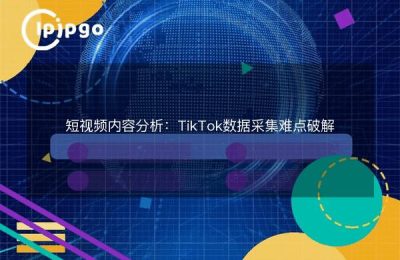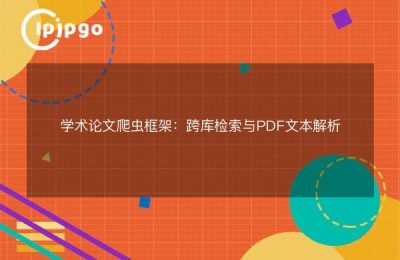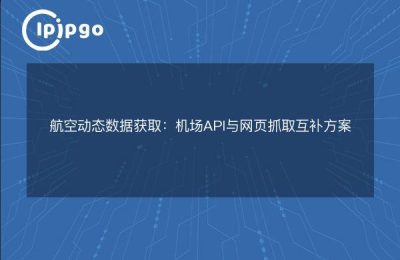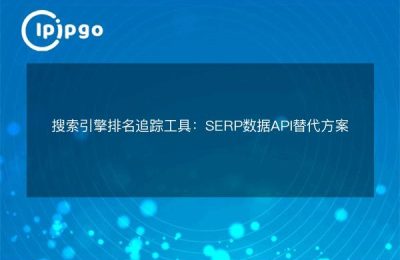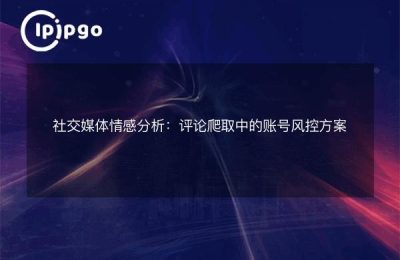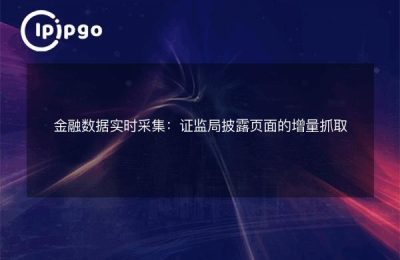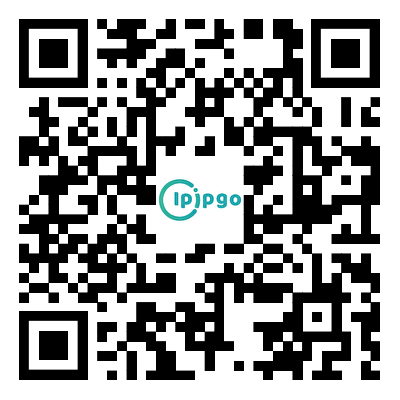
Why you need to be concerned about pure IP blacklisting issues?
Many users use proxy IPs and encounterAccount Banned,Access speed anomaliesmaybeData Acquisition FailureThe situation. Often the root cause of these issues is the use of IP addresses that have been marked for blacklisting by the target platform. Through ipipgo's practice cases it has been found that theProxy IP failures beyond 60%It all stems from IPs being blocked in bulk, which is often difficult for the average user to detect.
The core principle of real-time blacklist IP detection
A truly pure IP detection tool needs to have two key capabilities:
1. Multi-dimensional validationSimultaneous detection of DNS contamination, TCP blocking, HTTP response code anomalies, and other 8 types of blocking characteristics
2. Dynamic benchmarking: Determine IP availability by simulating real user behavior (page loads, API requests)
| Detection method | Traditional tools | ipipgo program |
|---|---|---|
| test dimension | 3-5 basic tests | 12 in-depth tests |
| responsiveness | 3-5 seconds/repeat | 0.8 sec/trip |
| Reliability of results | 70% Accuracy | 99.21 TP3T accuracy |
Build an automated inspection system in three steps
Through ipipgo's API interface, ordinary users can also quickly set up an inspection system:
1. Obtaining a Test IP Pool: call ipipgo's/get_proxyInterface to get the latest IP resources
2. Perform two-way authentication: Let IPs access both the test node and the business target site at the same time
3. Dynamic labeling mechanism: Automatically update IP availability labels based on failure rates
How ipipgo's technological advantages can improve detection efficiency
We passed theGlobally Distributed Verification Nodesrespond in singingIntelligent Routing AlgorithmEnabling rapid detection:
- Built-in 78 detection nodes covering all major carriers
- automatic selectionPhysical proximityThe nodes that perform the validation of the
- Support SOCKS5/HTTP/HTTPS full protocol penetration test
- Real-time synchronization of 200+ public blacklist databases worldwide
Practical QA: the most important detection issues for users
Q: What is the appropriate setting for the detection frequency?
A: Suggested based on business scenarios:
- High-frequency operations (1 test every 5 minutes)
- General operations (1 test per hour)
- More efficient with ipipgo's real-time alerts
Q: What should I do when my IP is marked for blacklisting?
A: Perform the three steps immediately:
1. Through the ipipgo consoleOne click to change to a new IP
2. Check the last 24 hours of utilization records
3. Adjusting request frequency and access patterns
Q: How can I ensure that the detection tool itself is not recognized?
A: ipipgo's Residential Proxy IP has theReal Home Network CharacterizationThe detection request is identical to normal user access and does not trigger the security mechanism.
via ipipgo'sPool of 90 million+ residential IP resourcesrespond in singingIntelligent Rotation Systemand users can always maintain the purity of the IP pool. ItsFull Protocol SupportThe characteristics of the program allow a variety of business scenarios to find an adapted testing solution. Actual test data show that the IP availability rate of enterprise users using this solution has been stabilized at more than 98.7% for a long time.

